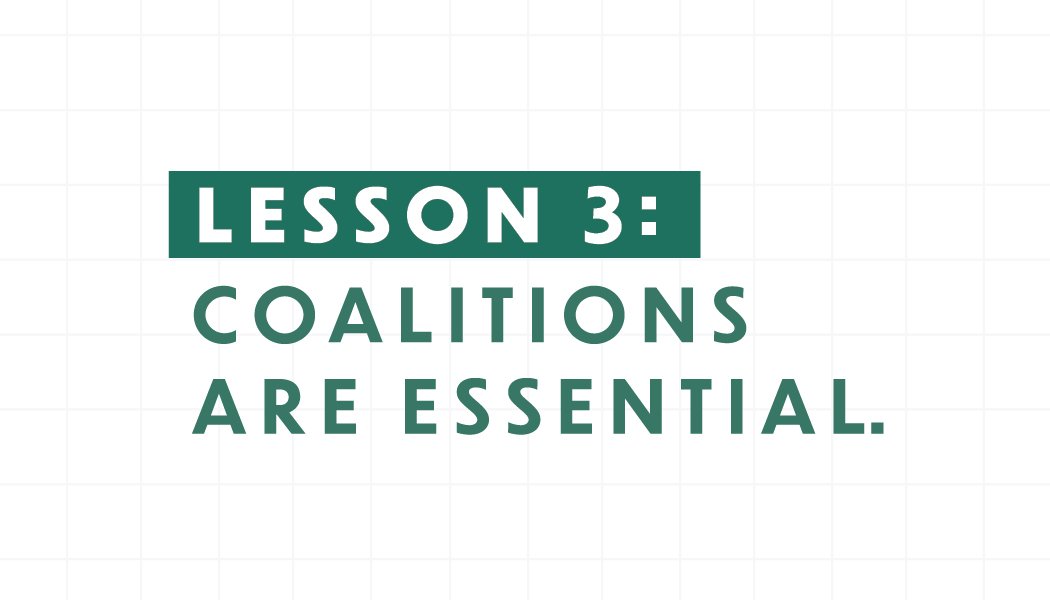coalitions are essential.
Neither a single person nor a single organization alone can solve any of the large-scale problems we face today. By working together in a coalition we can have a greater impact. Collaboration is not easy. But by mastering the ability to create and maintain coalitions we can unlock tremendous potential for change.
PART 3.1
Implementing the smallpox surveillance and containment strategy required massive resources, commitment, and coordination. But moving from a traditional strategy, used for over a century and a half with clearly defined roles for every participant, to a new strategy simply seemed too labor intensive and impossible. This required mobilizing and coordinating hundreds of thousands of implementers with a gradual increase in the number of people involved.
FEATURING
Dr. Mark Rosenberg, President Emeritus, The Task Force for Global Health
Dr. Susmita Parashar, Associate Professor, Emory University School of Medicine
PART 3.2
Because of the experience with immunization and the successful eradication of smallpox, Dr. Jonas Salk, and Robert McNamara, past World Bank president, asked, “Why can’t the world be vaccinated the way the United States is?” There were good vaccines but poor global coverage. But the major agencies responsible for childhood immunizations were competing rather than collaborating and the immunization level was stuck at 20%.
FEATURING
Dr. Bill Foege, Senior Advisor, The Bill & Melinda Gates Foundation
PART 3.3
Many different organizations were involved with immunizations brought together by The Task Force for Child Survival starting in 1984. But this coalition fell apart in the 1990s when the agency heads, who had been effective collaborators, turned over. They had to rebuild the coalition that had worked under the auspices of The Task Force.
FEATURING
Dr. Seth Berkley, CEO, Gavi, The Vaccine Alliance
Coalitions are essential.
You can’t do it alone.
The skills and qualities required to build a coalition and make it successful are not innate. But they can be learned and practiced.
An essential quality for a good leader is the ability to lead a successful coalition.
Social capital and trust are essential for effective collaboration. Coalitions proceed at the speed of trust.
A successful coalition requires 5 key elements:
Shared goal,
Strategy for reaching that goal,
Appropriate structure,
Well-defined membership, and
Good management.
LESSON 3:
THE BIG IDEAS
To learn more about this topic, refer to the additional resources below. For in-depth concepts, refer to the deeper dives. Click the glossary link to find key terms in this lesson.
Additional Resources
Real Collaboration: What It Takes for Global Health to Succeed – (Rosenberg, M., Hayes, E., & Neill, N.W., 2010)
Real Collaboration Toolkits
Dr. Mark Rosenberg reflects on what coalitions need to be strong and effective: The 7 Cs: lessons for effective coalitions – and strong marriages
LESSON 3:
Additional resources
THIS LESSON WAS MADE POSSIBLE BY THE FOLLOWING CONTRIBUTORS
Kate Adelung, Nina Alcacio, Michael Bartenfeld, Sarah Borgman, Amanda Brayman, Hannah Burris, Amy Carzo, Prarthna Desai, Gabriel Diamond, Veronica Garcia, Eric Hansen, Lynn Heinisch, Mary Hilpertshauser, Bruce Lowry, Amy Mayberry, Nancy Messonnier, Ben Pyne, Sumon Ray, Svetlomir Slavchev, Joel Stanojevich, Emily Staub, Kelly Stewart, Anushka Swalef, Lisa Valente, Bill Warren, Lisa Wiley, and Sydney Yang
Images and Videos provided by: Bending the Arc, CARE, CDC Public Health Image Library, Emory University, FIA Foundation, Richard Stanley Productions, Gavi, The Vaccine Alliance, Getty Images, MAP International, Merck, Personal collection of Bill Foege, Personal collection of Mark Rosenberg, Personal Collection of Susmita Parashar, Rich Addicks, Shutterstock, The Carter Center, UNICEF, and the World Health Organization
OUR FUNDERS
CONRAD N. HILTON FOUNDATION, CDC FOUNDATION, FORD FOUNDATION, GATES VENTURES, ROCKEFELLER FOUNDATION, SKOLL FOUNDATION, THE CARTER CENTER, THE TASK FORCE FOR GLOBAL HEALTH

